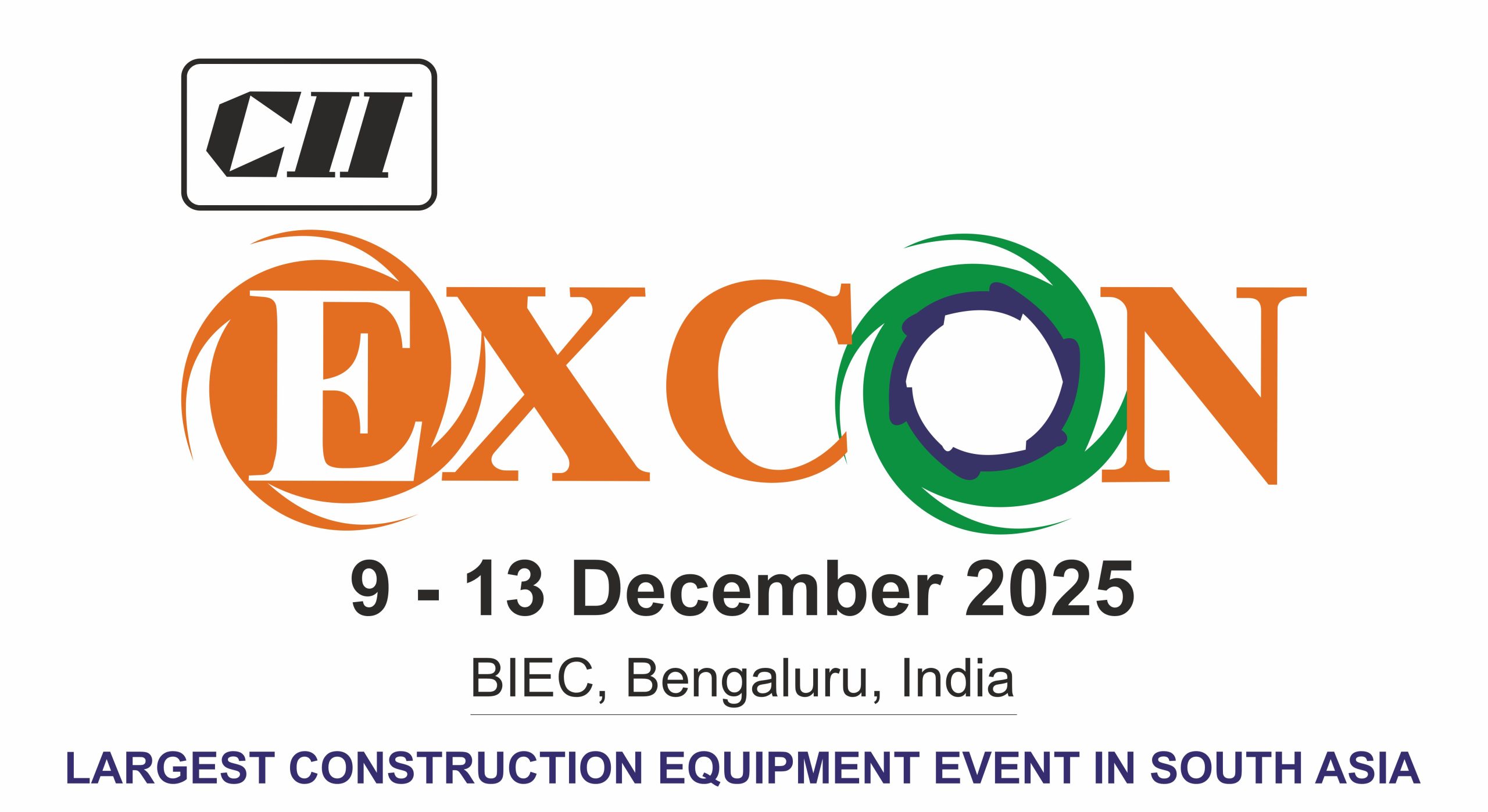India’s ambitious Mumbai‑Ahmedabad bullet train corridor has achieved a major construction milestone with the completion of the 2.7‑km section of a 21‑km undersea tunnel between Bandra‑Kurla Complex (BKC) and Thane, the Ministry of Railways announced. The section, built between Ghansoli and Shilphata in Maharashtra, marks the phase of the undersea span below Thane Creek. This 7‑km undersea portion will form a link in India’s high‑speed rail project.
To address varying geological conditions, engineers used two methods: the New Austrian Tunnelling Method (NATM) for five kilometres between Shilphata and Ghansoli and tunnel boring machines (TBMs) for the remainder. A driven intermediate tunnel (ADIT) accelerated progress on the NATM section, overcoming challenges such as high water pressure and unstable soil. Construction of the tunnel began in mid‑2023.
In parallel, Indian Railways has completed 310 kilometres of viaduct construction along the 508‑km route. Teams are advancing track laying, station building and system procurement. Backed by a ₹1.08 lakh‑crore loan from the Japan International Cooperation Agency (JICA), the project will deploy Japanese Shinkansen technology with next‑generation E10 trains running at up to 320 km/h. Once operational, the corridor will slash travel time between Mumbai and Ahmedabad to under three hours, boosting connectivity, economic growth and prosperity.








